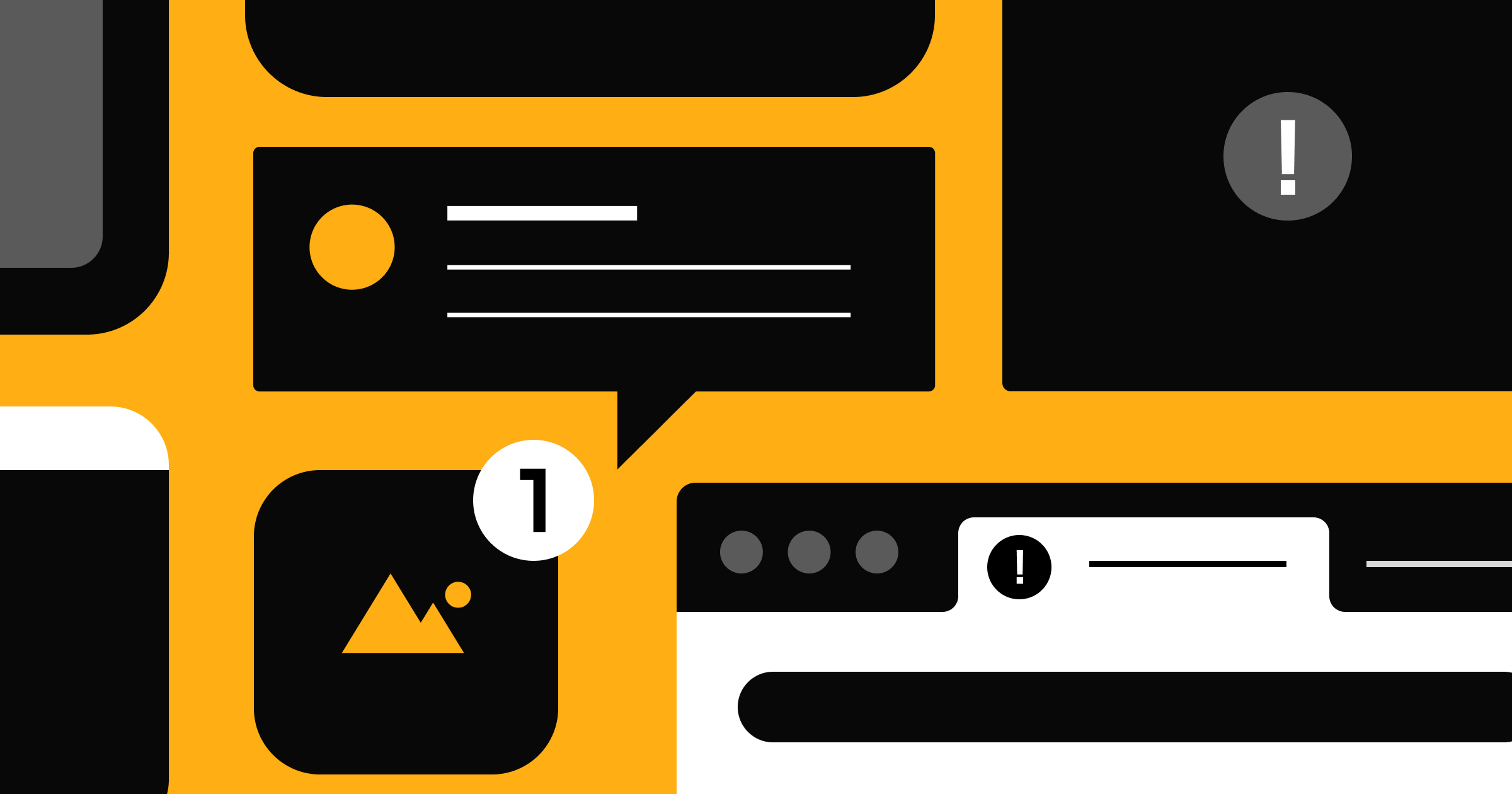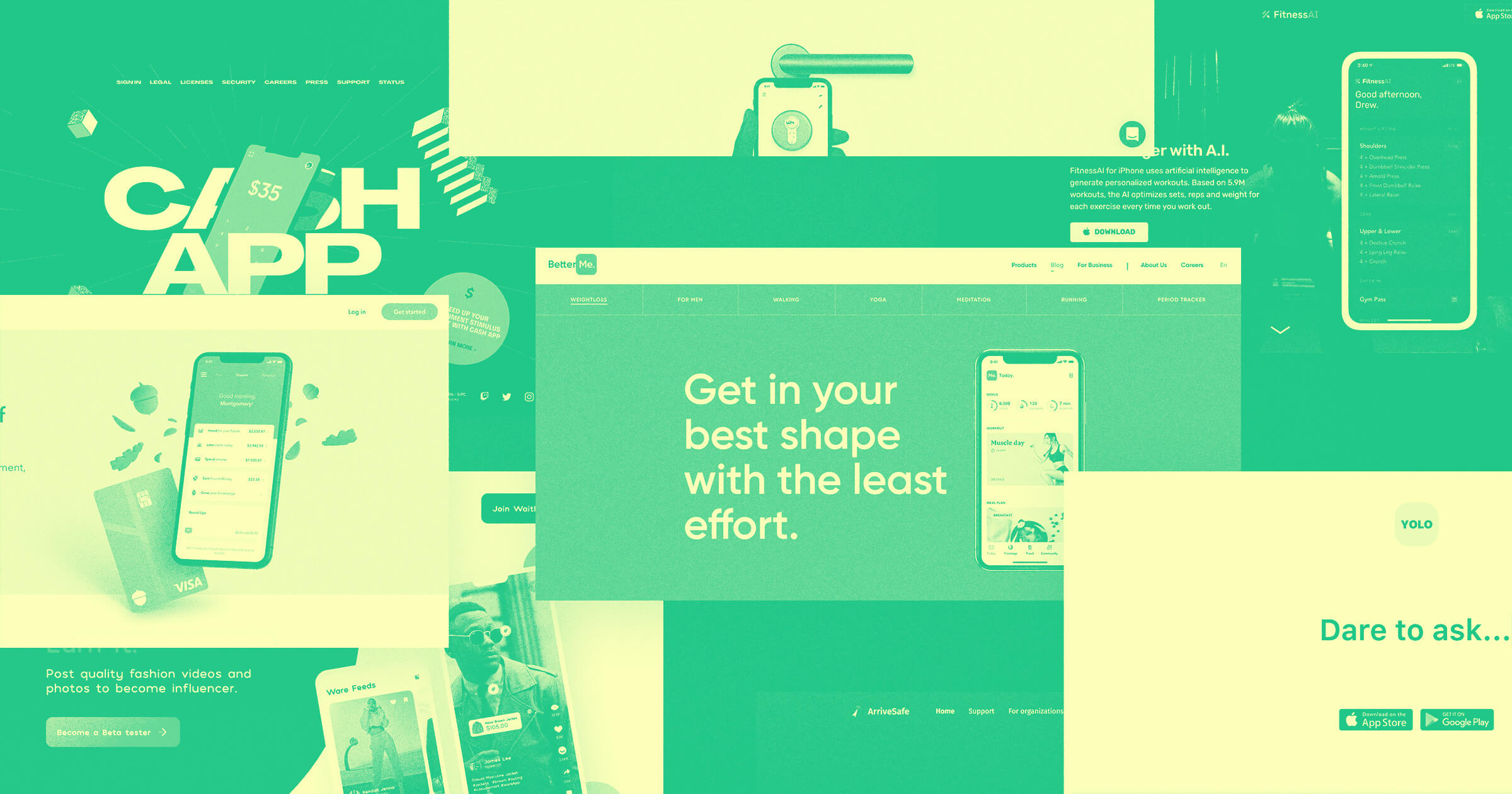Engaging diverse audiences across varied marketing channels calls for specialized strategies.
Consumer preferences, behaviors, and needs span a broad spectrum. To effectively engage these diverse audiences, marketers must cast a wide net. By leveraging offline avenues like events, print media, and online touchpoints from social media to email campaigns, a strong marketing channel strategy ensures you reach unique audience segments wherever they are.
Just being present on multiple channels isn’t enough, however. Personalization and meaningful interactions are key in a digital landscape saturated with content. To create a lasting impression, you need to understand the nuances of each medium and tailor your content accordingly. Doing so balances reach and resonance, ensuring every platform adds value and strengthens the brand-consumer relationship.
What is a marketing channel?
Marketing channels are pathways linking brands with their customers. They encompass the medium, activities, or platforms businesses use to effectively position their brand messaging. For example, you can use marketing channels for:
- Customer acquisition — by integrating digital channels like websites and social media platforms with traditional outlets like television and print media, brands broaden their reach to tap into a wider pool of potential customers
- Content distribution — businesses leverage multi-channel approaches to amplify the distribution of articles, videos, and other materials to captivate varied audience segments
- Brand updates — firms use specific channels to share important announcements, introduce new products, or provide industry insights, to maintain and grow their customer base
8 types of marketing channels
A one-size-fits-all approach rarely works in marketing. From connecting with younger audiences on TikTok to reaching broad demographics with offline advertising, diversification is key. As we explore these marketing channel examples, we’ll highlight their unique strengths and how to leverage each for maximum impact.
1. Social media
Tapping into social media platforms like Facebook, Instagram, and LinkedIn lets businesses interact with massive, varied audiences. The real-time nature of social media makes feedback immediate so brands can quickly pivot and adjust strategies based on user responses.
Unlike other marketing channels, social media also uniquely offers interactive content — such as polls, quizzes, and stories — that encourages active user participation. Built-in analytic tools on these platforms also provide valuable insights into audience demographics, campaign performance, and engagement, allowing businesses to optimize their social media marketing for maximum efficacy.
2. SEO (Search Engine Optimization)
Website SEO encompasses the techniques and best practices that fine-tune sites for search engines, like Google, to index and rank them highly. These techniques include keyword research, website optimizations, and the production of valuable content that resonates with target audiences.
SEO provides two core benefits. First, it elevates visibility, positioning brands in relevant search results by aligning content with user intent. Second, it refines the user experience, engaging visitors and increasing conversion potential by prioritizing responsive design, content relevance, and intuitive site navigation. This combination of improved visibility and enhanced user experience drives more organic traffic and fosters stronger customer relationships.
3. Email marketing
Email marketing communicates with subscribers or customers in their email inboxes, offering a unique blend of direct communication and personalization. It leverages collected customer insights, such as demographics, browsing habits, and purchasing history, to create targeted campaigns that provide recipients with tailored content.
When subscribers consistently receive valuable and relevant information, it fosters trust, encouraging repeat purchases and nurturing long-term relationships. Particularly beneficial for ecommerce marketing, this content distribution channel can help spotlight new products, limited-time sales, or loyalty rewards by sending timely, curated messages straight to consumers. Modern email marketing automation tools, such as Mailchimp, make this channel even more efficient, offering automatic segmentation for email lists based on previous customer interactions.
4. Paid search
Paid search, or Pay-Per-Click (PPC), lets businesses position their services or products atop search engine result pages (SERPs) by bidding on specific keywords relevant to their offerings. For example, a local bakery might bid on a key phrase like “birthday cakes near me,” so when a user searches for those terms, the bakery’s ad appears as the first result they see.
When using this channel, emphasize the dual focus of immediate visibility with strategic budget allocation. The local bakery might focus its budget on high-conversion keywords such as “buy birthday cake today” while branching out to broader terms, like “local bakery.” Striking a balance between attracting large user volumes and customers with strong purchase intent maximizes your ROI, making your PPC efforts effective and efficient.
5. Events
Events like trade shows and conferences bridge the gap between digital engagement and real-world connection, offering businesses a hands-on platform to directly interact with prospects, clients, and industry peers. By hosting or participating in these events, brands can create memorable experiences, conduct live product demos, and receive immediate feedback on their offerings. It’s a face-to-face channel that amplifies brand presence and fosters deeper relationships by offering a unique touchpoint that digital marketing channels can’t replicate.
To get the most out of event-related channels and elevate the experience, integrate immersive tech tools, like virtual (VR) and augmented reality (AR) experiences, and live digital feedback loops, such as real-time audience polling. This strategy blends the power of online and offline engagement, boosting the event’s immediate impact and extending the conversation beyond it.
6. Video marketing
Unlike text-based content, videos captivate with movement, sound, and visuals. By embedding videos in email campaigns, website landing pages, or social media ads, you boost interaction and enhance user experiences through multisensory engagement.
With 91% of audiences favoring video content from brands, this format aligns your marketing approach for today's viewers. Effectively leveraging the format, however, requires you to understand platform-specific nuances and tailor content to fit viewer preferences and behaviors.
For example, in-depth tutorials or storytelling videos do well on YouTube, targeting viewers looking for comprehensive content. Meanwhile, brief, catchy, and trend-driven video snippets that captivate thrive on TikTok. Adjusting video length, style, and messaging to the platform guarantees you deliver content audiences actually want, maximizing engagement and conversion potential.
7. Influencer marketing
Influencer or affiliate marketing harnesses the credibility and reach of influential, industry-specific personalities to amplify brand messaging. Collaborating with influencers helps businesses tap into their built-in audiences, accessing groups that might otherwise remain unreachable due to niche interests, platform algorithms, or because these groups trust influencers more than traditional advertising.
These segments often view influencers as trusted experts who can validate the products they endorse, enhancing the marketing campaign's overall effectiveness. Influencer marketing, in particular, tends to resonate with younger demographics more than other channels.
While this channel excels in business-to-consumer markets (B2C), business-to-business (B2B) organizations can use this strategy by partnering with industry experts and thought leaders. For example, a B2B software company might collaborate with a respected tech analyst, leading to co-authored whitepapers, podcasts, or other content marketing pieces.
To optimize this channel, select influencers whose values align with the brand to craft authentic campaigns that resonate with their audience. Genuine partnerships also foster trust, making influencer endorsements feel organic rather than purely transactional.
8. Offline advertising
Offline marketing channels, such as direct mail and display advertising, remain impactful in today’s increasingly digital landscape. They cater to distinct audience segments, such as older audiences who may prefer tangible marketing materials or customers in geographical areas with limited internet access where traditional methods, such as mail, offer broader reach.
Businesses can use this channel in isolation — distributing targeted promotional postcards in specific zip codes or running billboard ads in strategic locations to create local awareness and drive foot traffic to brick-and-mortar stores — or as part of a combined marketing strategy. For example, a strategic mail flyer showcasing digital-exclusive deals can incentivize recipients to visit a brand’s website, bridging the gap between offline and online experiences.



















The marketer’s website
Our free ebook exclusively for marketers. Discover how no-code eliminates developer bottlenecks and empowers modern marketing teams to truly own the website.
Implementing a marketing channel strategy
Harnessing the right marketing channel mix requires a strategic approach. By varying and aligning channel choices with business goals and audience preferences, you enhance reach, engagement, and conversion potential. Doing so also gives you insights to craft coordinated campaigns across multiple platforms and mediums, crucial for effective omnichannel marketing.
Here’s what you need to consider when creating your marketing channel strategy:
Understand how each channel works
Each marketing channel brings unique advantages, and tapping into these benefits requires understanding their nuances. Whether it’s the intricacies of social media app algorithms, the technical aspects of SEO, such as backlinks and site speed, or the personal touch of direct mail, mastering the mechanics of each channel is paramount.
To learn more about each channel, consider exploring online marketing resources such as ebooks and webinars, or take courses for marketing certifications.
Tailor channel selection to target audience
Analyzing demographic data, behavioral patterns, and other relevant metrics provides insights into where your audience spends their time and how they engage with content. For instance, younger audiences might gravitate toward platforms like TikTok or Instagram, but older demographics might prefer using LinkedIn and Facebook or interact more with email campaigns and print media. Customizing channel strategies based on audience insights ensures more targeted engagement and a higher ROI.
Define goals and measure progress
Establishing clear objectives is the foundation for any strategy. From elevating brand awareness and boosting engagement to driving sales and increasing retention, defining goals provides direction and purpose, aligning your efforts with desired outcomes.
Setting these benchmarks also enables continuous tracking and refinement. Use analytic tools, such as Google Analytics for web campaigns or in-platform metrics for social media, to monitor performance data continually. This approach lets you pivot strategies in real-time, optimizing the efficiency and effectiveness of your efforts.
Make your website your best marketing channel with Webflow
Effective marketing channel strategies harness multiple platforms, optimizing each to curate a seamless and compelling brand journey. Every touchpoint, from email and social media to search and videos, contributes to crafting a narrative that captivates and converts. Between these diverse channels, a brand’s website is essential, allowing consumers to access its full range of products and services and understand its unique story.
From secure server hosting and comprehensive analytic integrations to website templates and educational resources on SEO, marketing, and design, Webflow offers everything you need to make your website a standout marketing platform.
Use our visual web development platform to create your own website from scratch, or partner with Webflow Enterprise and hire a Webflow-endorsed expert to help you achieve your next project goals. Regardless of your sector or industry, Webflow is ready to help you drive your business growth and success.
































